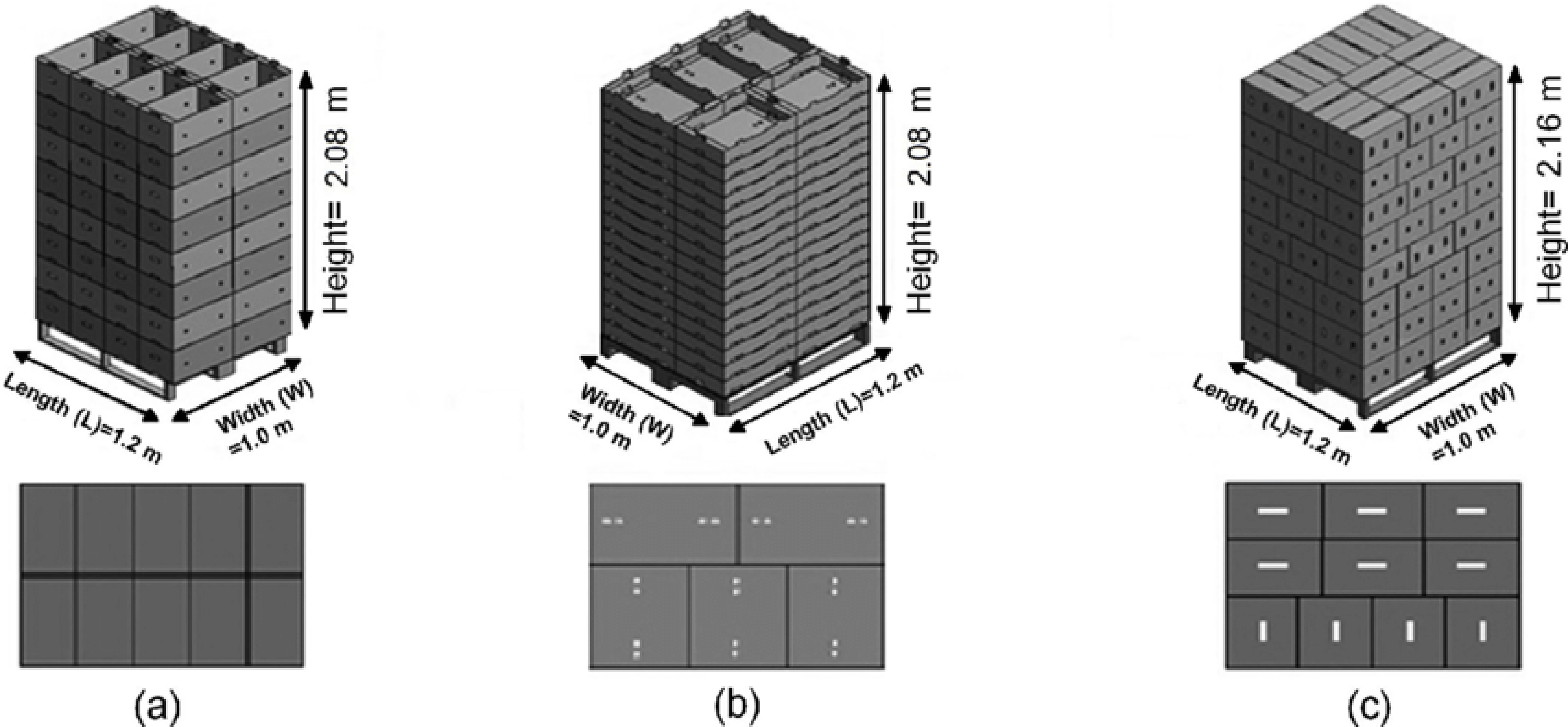Wooden pallet
- NMIxNCAD

- Jun 15, 2020
- 3 min read
Updated: Jul 1, 2020
The unsung hero of global production, distribution and storage
By Bhagya Kanakaratne
The wooden pallet was designed in the 1920s in tandem with the wider use of forklifts, used to carry stacked goods on top of pallets. It holds an integral place in the supply chain of fresh produce from production to storage and delivery. They are a feature of the markets area of Dublin 7, the dense network of stalls and warehouses bounded to the east by Capel Street and to the north by North King Street. The area is marked to the west by Smithfield Marketplace, laid out in 1665 and the largest and the oldest marketplace in Dublin City.
When first in use, pallets differed in design according to the individual product and supplier but with globalization, to cut costs and save time a standardization process was introduced. The wooden pallets used in Ireland are the EUR-Pallet or EPAL-pallet and conform to the material, dimensions and weight standard specified by the European Pallet Association according to ISO standards. This invention is still central to the shipping of goods throughout the world via a process known as ‘palletization’. At present, the pallet is not only seen as a by-product of the forklift but also a unit of measurement to regulate the storage capacity and dimensions of containers and sizing of warehouses.
Pallets are highly adaptable because they are made of wood and are of a standardized grid structure. Therefore, they can be used not only as a base to stack goods but can be re-purposed as furniture or even as fuel for bonfires. In the community, the pallet plays a transformative role in re-creating itself through the user’s creativity and critical thinking.
As a result of globalization, production and distribution has moved from local to global which has put pressure on the economy to expand and use efficient ways in carrying activities in the supply chain of fresh produce. This change has created new demands in the marketplace to strive for efficiency, to reduce the cost and deliver convenience to the consumers. From the material culture perspective this change can be explained through the invention of the wooden pallet that replaced the loading and unloading of goods manually by using a system of stacking that made bulk-cargo possible. This has revolutionized the whole system of transporting goods from one place to another more efficiently making the pallet a convenient and an affordable cog in the universal machine of transportation.
As a modern artefact, pallets are appropriated by consumers and transformed from manufactured products to become the stuff of everyday life that has a direct involvement with matter, forming a unique transformative identity in the urban landscape of Ireland. Through re-purposing, the pallet is moved from market to community and then to home opening a new way to redirect the relationship with materials around us through giving them a new life. Pallets might turn into chairs or walls and still be a pivotal point in the infrastructure of the urban city scape. They demonstrate that even though we might focus on a singular material object, we need to think not only about the things in themselves, but how they form part of systems and also how people make sense of the world through physical objects.
One of the main landmarks in the markets area is the City Fruit and Vegetable wholesale market on Mary’s Lane (1891-2) that was built for traders to sell their goods under one roof as well as to regulate the unsanitary markets that existed in the area for centuries. As an agrarian country for so long, the fruit and vegetable market played an important role in distributing the goods produced in local rural farms to cities, eventually dominating the life and business in the area. The building was closed in 2015 for restoration and it is on its way of becoming a tourist attraction that will communicate the rich history of the market and its surroundings. As long as the warehouses of fruit and vegetables remain, the pallet, the unsung hero in the distribution of fresh produce, will remain a feature of the markets area of Dublin.
Image credits
Image 1: Image taken by Author
Image 2: Getahun, S (2017) Stacking of the packaging boxes into a pallet [Illustration]. Analysis of airflow and heat transfer inside fruit packed refrigerated shipping containers: Part 2 [online]. Available at https://www.researchgate.net/publication/313684661_Analysis_of_airflow_and_heat_transfer_inside_fruit_packed_refrigerated_shipping_container_Part_II_-_Evaluation_of_apple_packaging_design_and_vertical_flow_resistance
Image 3: Geoff (2017) It's nearly Bonfire Night in Northern Ireland! NeoGAF [online]. Available at https://www.neogaf.com/threads/its-nearly-bonfire-night-in-northern-ireland.1404342/














Comments